The 2025 Fulfillment Shift: How Amazon MCF Now Powers Shein, Walmart, and Shopify Orders
Reading Time: 11 minutesThe eCommerce shift you actually need to act on Multi-channel fulfillment has…
Search engine optimization is not overhyped but is the reality and the ingredient of success in this millennial era. Having a website optimized both for users and the search engine is crucial for a successful growth strategy. SEO is not just high ranking and visibility on search engines. SEO is the base where search engines and users meet. It connects and converts the right people at the right time.
Website SEO is a broad term, but writers/bloggers often ask what we can do around SEO for blogs. The answer is to improve their blog SEO. In simple terms, blog SEO is optimizing the blog text with its HTML content and the site structure, making it easy for search engines.
Blog SEO includes:
Most people believe that on-page SEO is just placing a few attractive keywords, which is false. It is much more exciting and complex than the assumption. Let’s get started.
In this section, we will learn about on-page SEO and why it is essential for search engines, users, and website owners.
On-page SEO or on-site SEO is optimizing the web page content to get crawled and rank higher on the search engines. This includes optimizing the text and HTML part of the content. We will discuss some on-page elements further in this blog: title tags, headers (H1, H2, H3), meta, URL, links, and more. You must be thinking about why to do all of these things when we can add some keywords, links, and images to our blog and get it live on our page. But on-page SEO is important both for users and search engines.
Let’s see some of the pointers:
Suppose we are willing to optimize something; whether it’s a webpage or a website, there need to be some segments. This section will look at the on-page elements that need optimization and will help you reach on top.
Let’s start.
Great writers understand the importance of an attractive and well-written title. The title is the first thing that the user sees and makes half of the purchase decision there itself. The title needs to be precise, clear, and explain what your product or website is about.
While using any CMS tool, you will see the HTML version where the title tag looks like this <title>. Try to keep the title short in 60 words or less, and don’t forget to insert the focus keyword in your title.
Note: When the keywords used in the search query are present in the Google search results, the user is impressed and satisfied. It’s because he got what he was searching for.
Meta Description is something that many websites do not follow rigorously. A meta description is one of the meta tags which describes the content of the website. The description includes- what is the website about; its content, services, and quality are visible to web admins by its meta description. The description cannot be longer than the character limit; otherwise, it will be cropped by the search engines, and you will end up with a mismatched description.
Note: The character limit can be different; some websites prefer 160-165; therefore, research and apply according to your content.
Header tags in HTML describe the headings in the blog, and the number goes from H1-H6. Headings are the most important as they help you come to the blog’s main points. These tags are HTML part of the content, and most CMS convert the title into an H1 tag by default. Header tags are helpful to divide your content strategically in an organized way. The title should be in H1, but your content should contain H2 and H3 tags depending on the flow.
Keywords, focus, related or LSI, affirm the user that they are on the right page and will get what they are searching for. The proper usage of keywords in your title and meta description will enhance your ranking on Google and other search engines. It improves SEO, visibility, ranking and, most importantly, gives you the organic traffic you aim for. You can use various methods for doing keyword research-
Links are sometimes ignored but linking, be it internal or external, are extremely important. Having high-quality internal and external links makes the blog content-rich and readable. Internal links help your users to find more relevant content on your website. These links also enhance the accountability of the domain and engage more users. People sometimes think that the readers will leave their site if they link other websites’ blogs to their own blog. However, the reality is that outbound or external links bring more visibility and outreach to your website.
You must at least have 2-3 internal links and one external link.
We all have been irritated and switched to other sites due to the slow page loading. Page speed or site loading speed can either enhance your on-page SEO efforts or make you lose your audience. If your website takes more than a second to load, the user will quickly bounce onto another website.
Some favourable actions which can help you in your site loading are listed below:
After applying these and optimizing your website, you should do a site speed test. You can do this with the help of Google PageSpeed Insights which crawls your website, provides you with a score and recommendations to improve it.
On-page SEO efforts can work if you have unique and excellent content to drive your users. Good content takes a lot of time, patience, effort, and persistence. Content optimization is the process of making well-written content that is useful and reaches the target audience on a large scale. Content is definitely about well-drafted content, but it also has some other factors. Let’s look at them.
Google is always searching to deliver the users the information in the best precise way. This implies that your content needs to be apt and must answer the queries of the users. Just picking up a topic and writing plainly to it won’t satisfy the needs. The most important rule is to take one focus keyword per blog. That particular keyword should not repeat in your other blogs. Try to include the primary keyword in your title, meta description, and in the first two paragraphs of your blog. It will result in better ranking, and you will be able to present SEO- friendly content in a relevant manner.
What would you prefer? Reading a two-page blog with just content or going through the blog that has colourful and insightful pictures? The second one, right! The blogs having multimedia/graphic files have always seen ranking on top. The reason behind this is it attracts and engages the reader to skim through the content. Including compelling images, videos, slides, graphs, or statistics can impress the reader and perform well.
Just adding images and videos won’t do the work. It would be best if you optimized the pictures to get them right. Adding the images with the alt text allows you to connect with the search engines and users closely. Alt-text is a written descriptive copy that appears in place of an image if the image fails to load. Using the targeted or focused keywords in the alt text is a great way to proceed. There are other requirements such as image size, the title tags, the content copy of the images that need to resonate with your blog content.
Once you are thorough with the on-page basics and their elements, here is a list of a handful of SEO tips that you implement.
Understanding the basic strategy of Google and aligning it with your on-page SEO is the catch. For more traffic and genuine engagement, web pages need to be optimized effectively. Understanding the errors and sorting them out will require your time, effort and patience. Optimizing your on-page will give you results in the form of increased organic traffic, loyal customers, and an excellent opportunity for you to play with your competitors.
“You can’t just SEO your website and be done. It’s a forever moving goal post.”- Stoney deGeyter.
I hope, in this article, you have learnt about the basic idea of on-page SEO, its elements and the hacks to keep in mind to optimize. We would love it if you could share your thoughts and experiences on managing SEO.
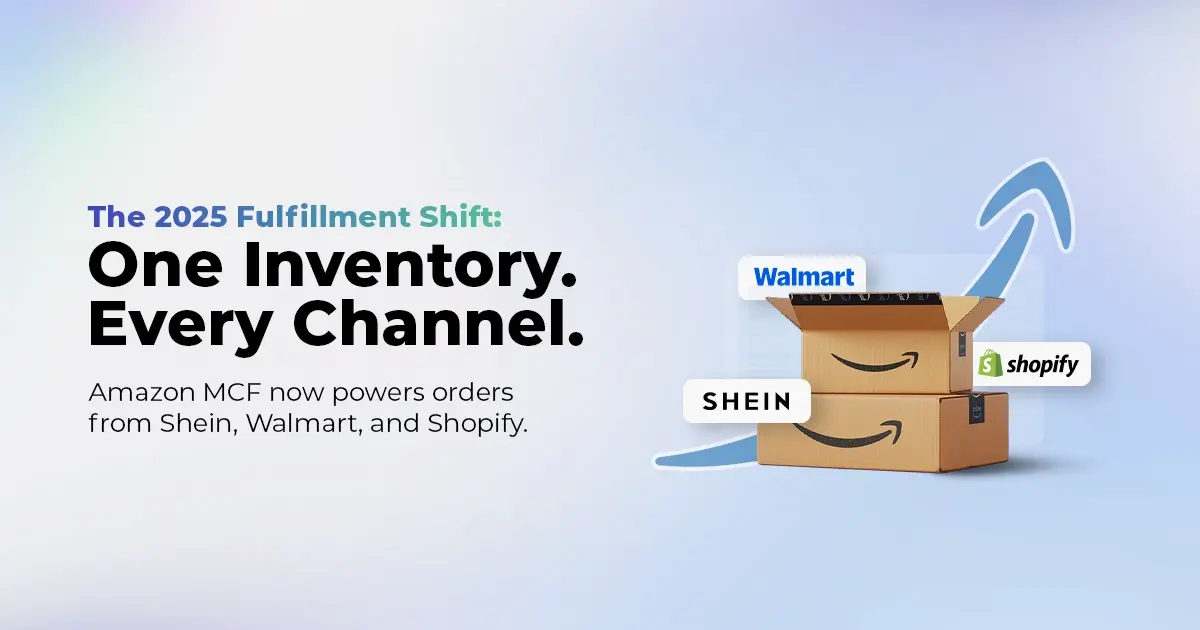
Reading Time: 11 minutesThe eCommerce shift you actually need to act on Multi-channel fulfillment has…
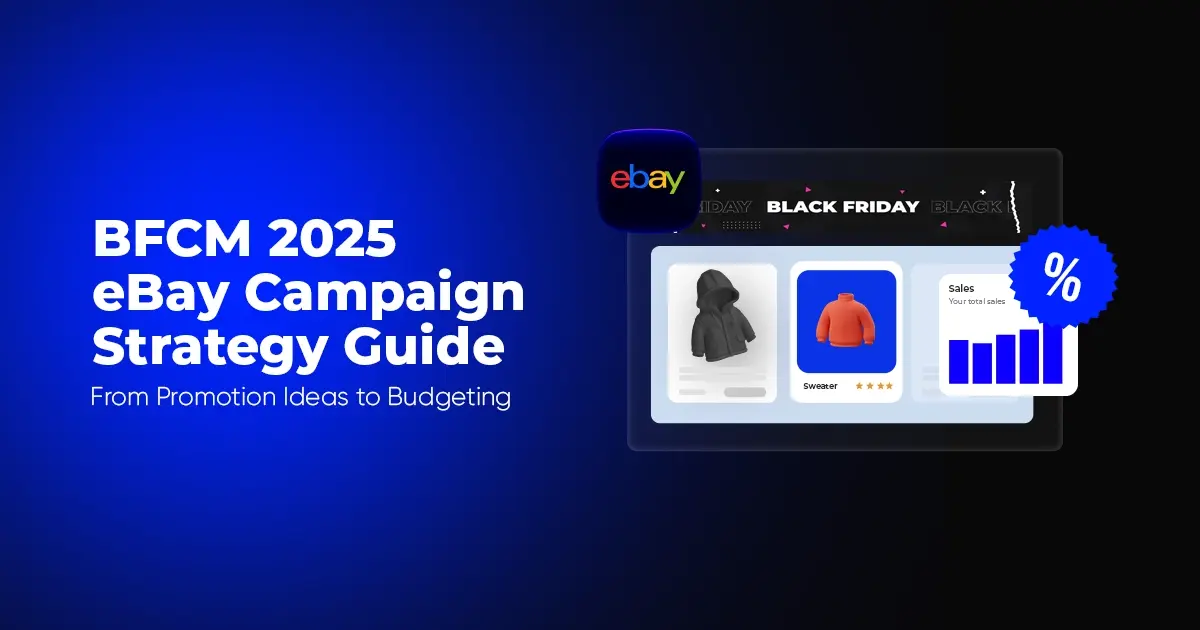
Reading Time: 10 minutesBlack Friday Cyber Monday (BFCM) isn’t a weekend anymore; it’s a two-month…

Reading Time: 2 minuteseBay is quietly testing a new feature that could reshape how buyers…

Reading Time: 2 minutesAmazon is stepping into a new era of value commerce with the…
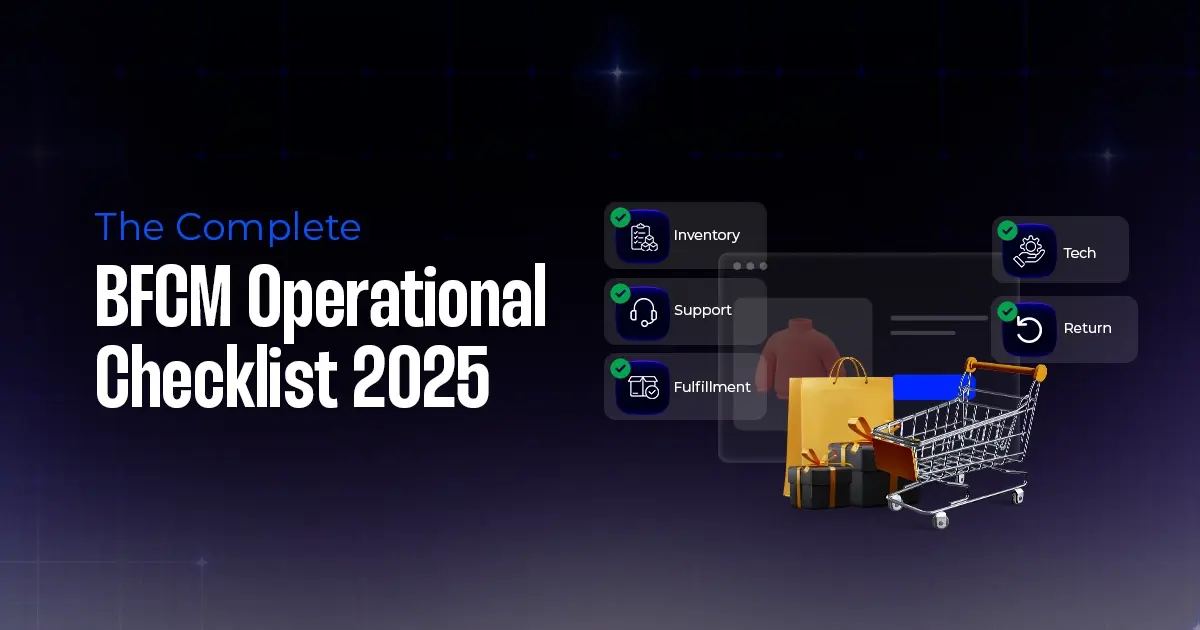
Reading Time: 11 minutesThe $240 Billion BFCM Opportunity & Why Operations Matter Every seller, business,…
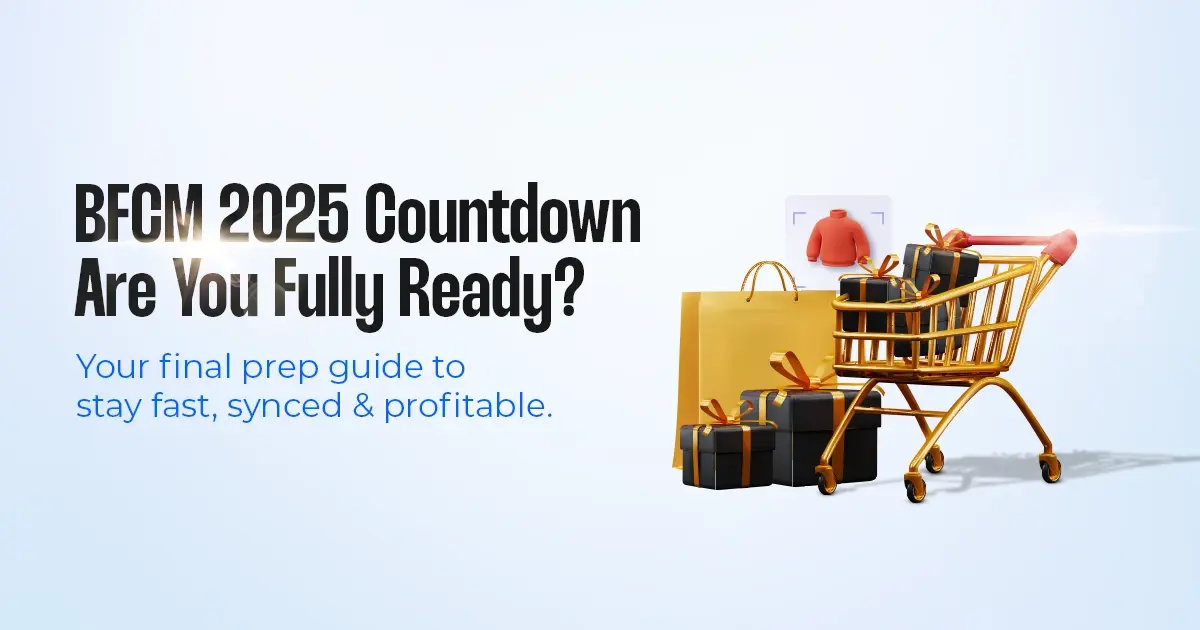
Reading Time: 7 minutesTL;DR — Your 60-Second BFCM Battle Plan Time remaining: 3 weeks until…
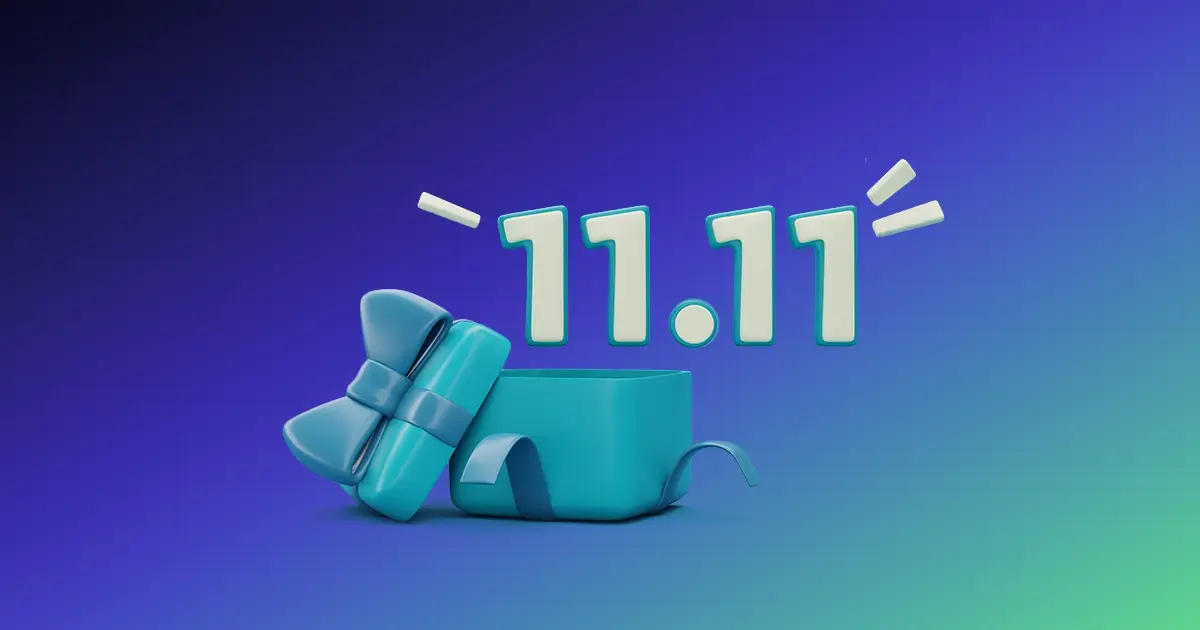
Reading Time: 2 minutesChina’s Double 11 shopping festival — the world’s largest annual online retail…

Reading Time: 2 minutesAs the holiday season approaches, TikTok Shop has released its September 2025…

Reading Time: 3 minutesIn a continued effort to enable sellers and stimulate new product launches…

Reading Time: 2 minutesAs global trade enters a new phase of regulation and cost restructuring,…

Reading Time: 2 minutesOpenAI Turns to Amazon Web Services in $38 Billion Cloud Deal: What…
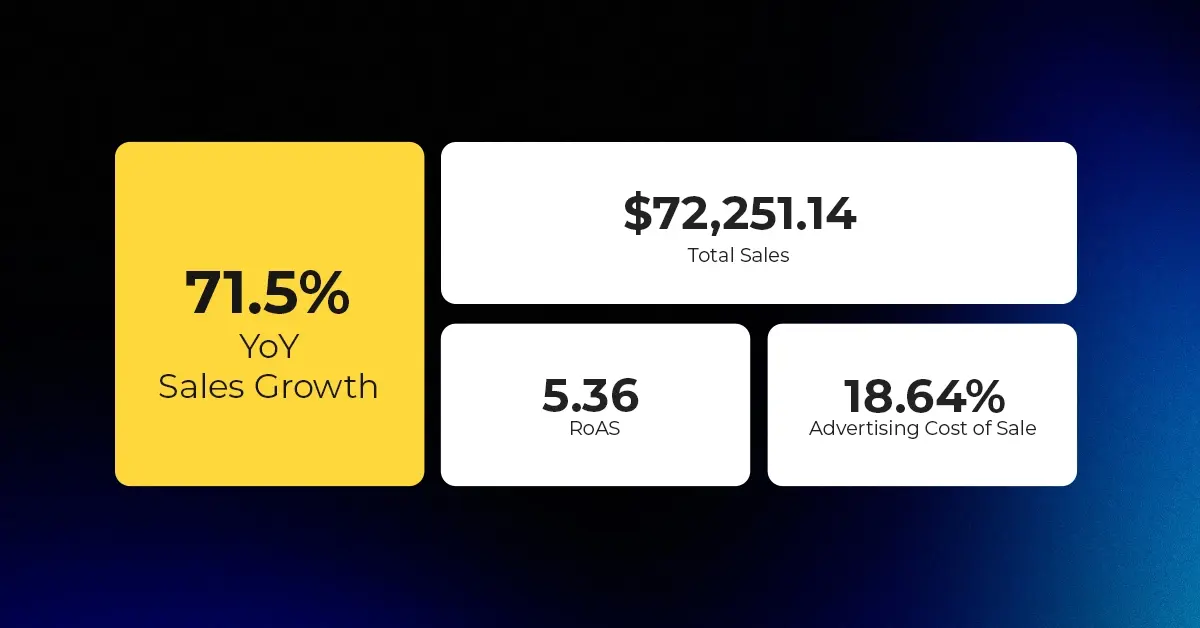
Reading Time: 4 minutesAbout the Client TMRG is a global health and wellness brand with…

Reading Time: 2 minutesAmazon Begins Quarterly Tax Reporting to China: A New Era of Cross-Border…
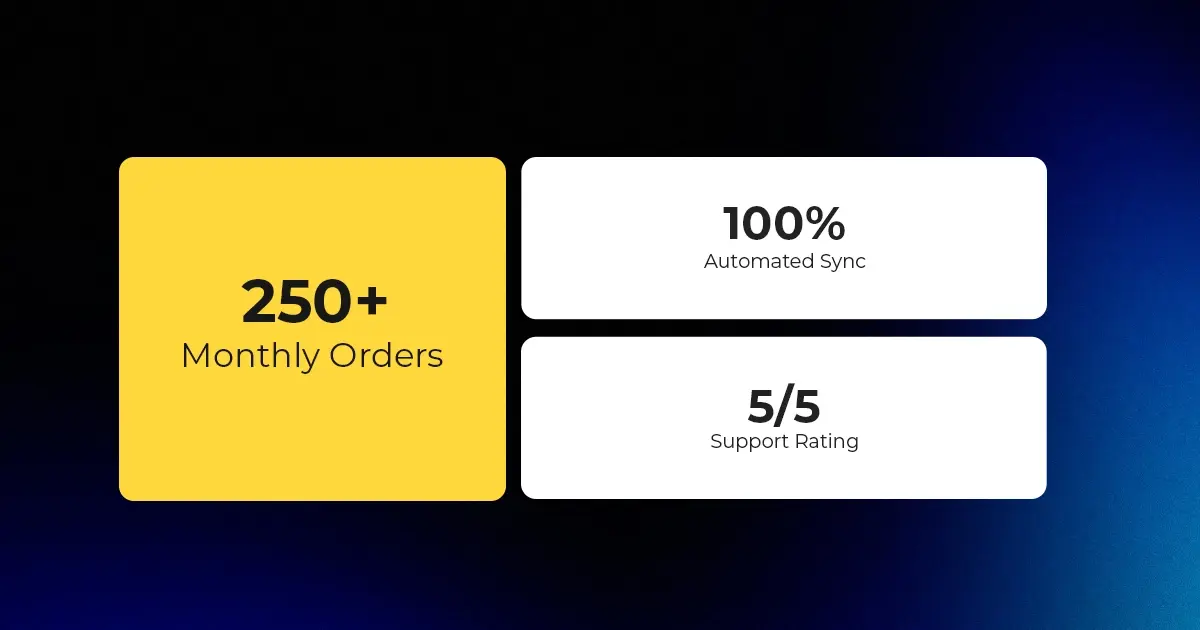
Reading Time: 2 minutesAbout the Brand Name: Stylecraft Industry: Home Décor & Lighting Location: US…

Reading Time: 2 minutesAbout the Brand Name: Flag Agency Industry: Digital Retail & Brand Management…

Reading Time: 2 minutesAbout the Brand Name: Stadium Goods Industry: Sneakers, Apparel & Collectibles Location:…

Reading Time: 11 minutesHalloween 2025: The Creative Seller’s Goldmine In the age of viral décor…
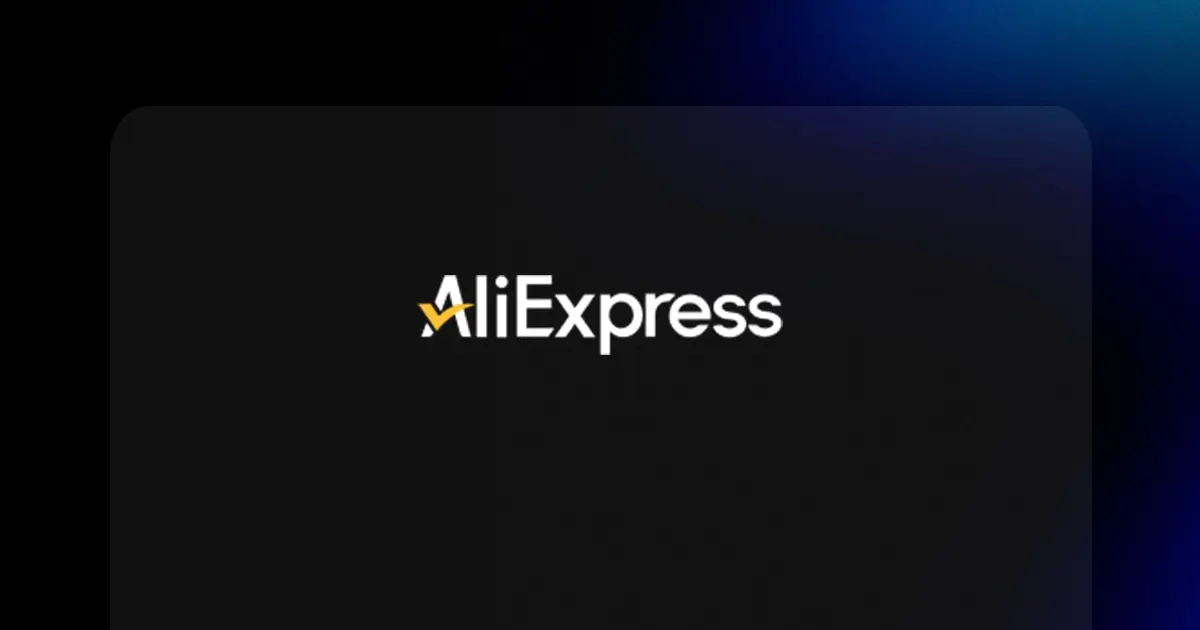
Reading Time: 2 minutesOverview AliExpress has launched a new global scheme — the Best Price…

Reading Time: 3 minutesEtsy, Inc. (“Etsy”) today announced two major developments: the appointment of Kruti…

Reading Time: 2 minuteseBay posted a strong performance in Q3 2025, with revenue and gross…